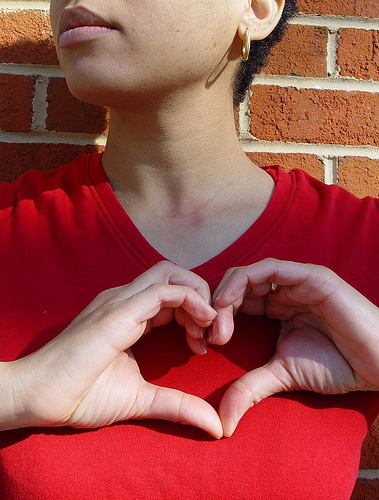
Heart Disease in Women
All women face the threat of heart disease. But becoming aware of symptoms and risks unique to women, as well as eating a heart-healthy diet and exercising, can help protect you.
Although heart disease is often thought of as a problem for men, more women than men die of heart disease each year. One challenge is that the heart disease symptoms in women can be different from symptoms in men. Fortunately, women can take steps to understand their unique symptoms of heart disease and to begin to reduce their risk of heart disease.
According to the Center for Disease Control, the term “heart disease” refers to several types of heart conditions. The most common type in the United States is coronary artery disease, which can cause heart attack, angina, heart failure, and arrhythmias.
Heart Attach Symptoms In Women: The most common heart attack symptom in women is some type of pain, pressure or discomfort in the chest. But it’s not always severe or even the most prominent symptom, particularly in women. Women are more likely than men to have heart attack symptoms unrelated to chest pain, such as:
- Neck, shoulder, upper back or abdominal discomfort
- Shortness of breath
- Nausea or vomiting
- Sweating
- Lightheadedness or dizziness
- Unusual fatigue
These symptoms are more subtle than the obvious crushing chest pain often associated with heart attacks. This may be because women tend to have blockages not only in their main arteries, but also in the smaller arteries that supply blood to the heart — a condition called small vessel heart disease or microvascular disease.
Heart Disease Risk Factors for Women: Although the traditional risk factors for coronary artery disease — such as high cholesterol, high blood pressure and obesity — affect women and men, other factors may play a bigger role in the development of heart disease in women. For example:
- Metabolic syndrome — a combination of fat around your abdomen, high blood pressure, high blood sugar and high triglycerides — has a greater impact on women than on men.
- Mental stress and depression affect women’s hearts more than men’s. Depression makes it difficult to maintain a healthy lifestyle and follow recommended treatment, so talk to your doctor if you’re having symptoms of depression.
- Smoking is a greater risk factor for heart disease in women than in men.
- Low levels of estrogen after menopause pose a significant risk factor for developing cardiovascular disease in the smaller blood vessels (small vessel heart disease).
What Can Women Do to Reduce the Risk of Heart Disease:
Luckily, there are several lifestyle changes you can make to reduce your risk of heart disease. Just incorporating these simple daily activities could be a matter of life and death.
- Exercise 30 to 60 minutes a day on most days of the week.
- Maintain a healthy weight.
- Quit or don’t start smoking.
- Eat a diet that’s low in saturated fat, cholesterol and salt.
You’ll also need to take prescribed medications appropriately, such as blood pressure medications, blood thinners and aspirin. And you’ll need to better manage other conditions that are risk factors for heart disease, such as high blood pressure, high cholesterol and diabetes. Some women at high risk of heart disease may also benefit from the use of supplements, such as omega-3 fatty acids. (Mayo Clinic)






